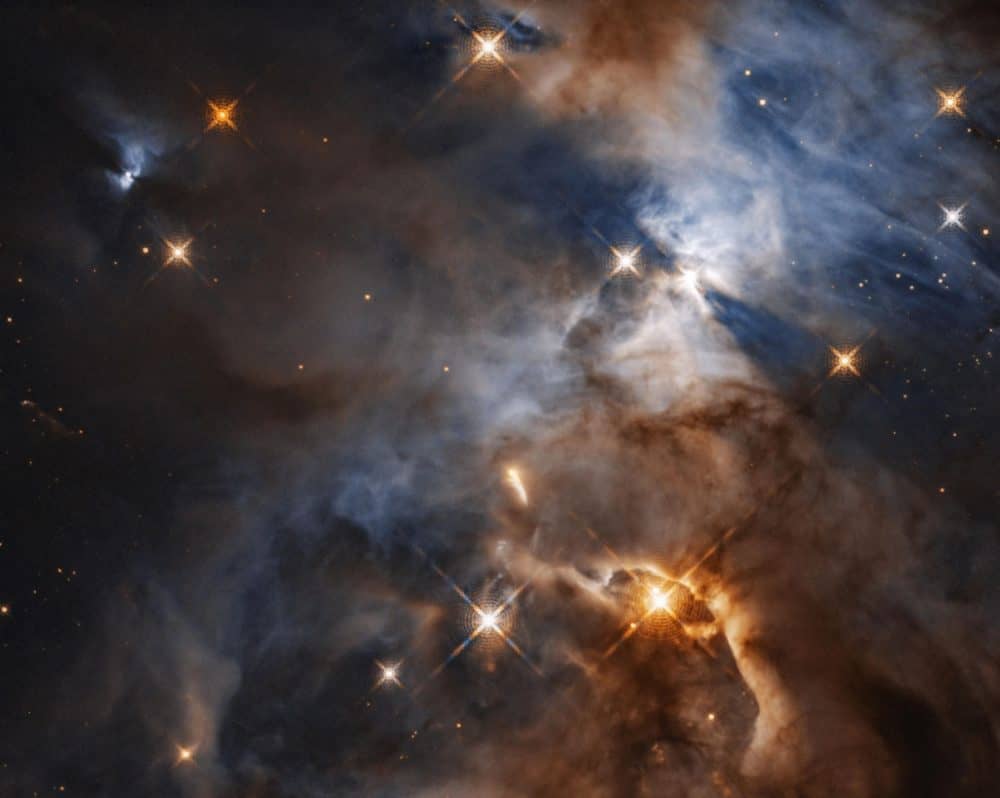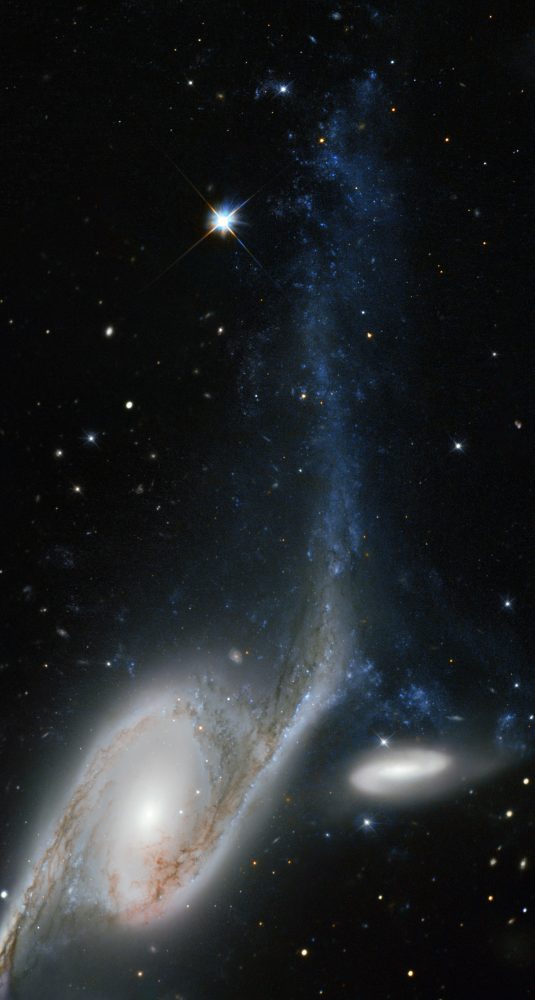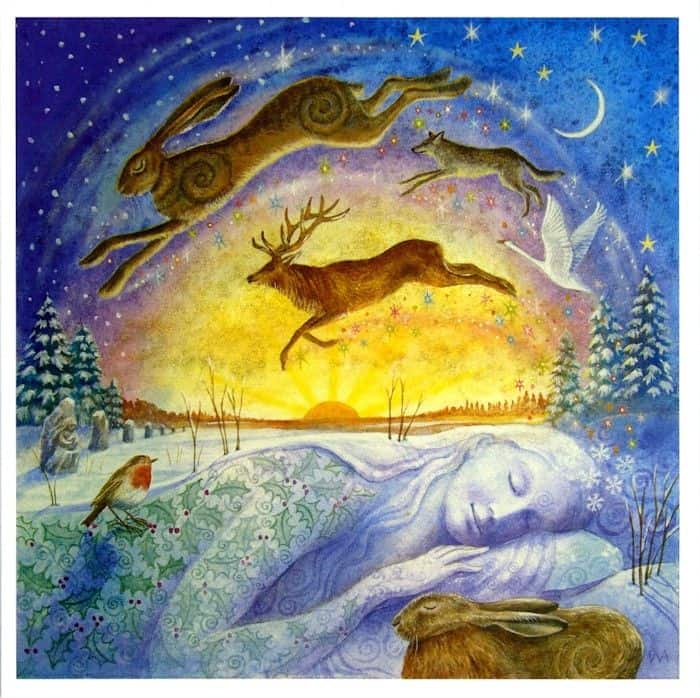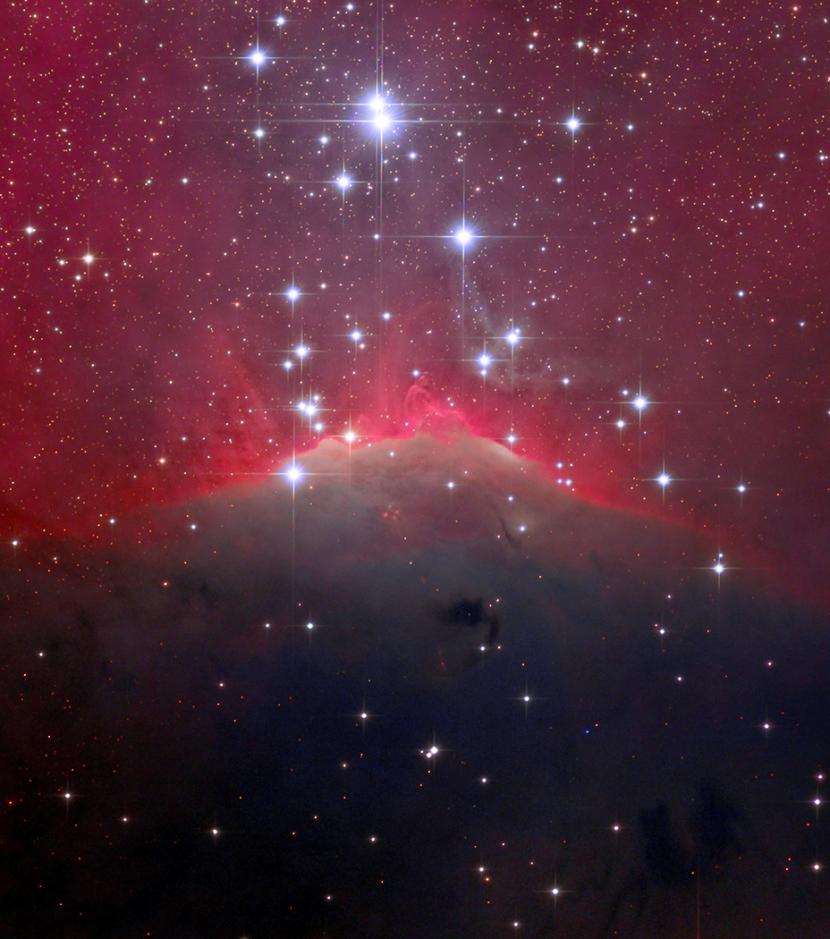Blog
Irving Lee Dorsey (December 24, 1924 – December 1, 1986) was an African American pop and R&B singer during the 1960s. His biggest hits were “Ya Ya” (1961) and “Working in the Coal Mine” (1966). Much of his work was produced by Allen Toussaint, with instrumental backing provided by The Meters.
Born in New Orleans, Louisiana, Dorsey was a childhood friend of Fats Domino before moving to Portland, Oregon when he was ten years old. He served in the United States Navy in World War II and then began a career in prizefighting. Boxing as a lightweight in Portland in the early 1950s, he fought under the name Kid Chocolate and was reasonably successful. He retired from boxing in 1955 and returned to New Orleans, where he opened an auto repair business as well as singing in clubs at night.
His first recording was “Rock Pretty Baby/Lonely Evening” on Cosimo Mattasa’s Rex label, in 1958. This was followed by the Allen Toussaint-produced “Lottie Mo/Lover of Love”, for the small Valiant label in late 1960 (picked up by ABC Paramount in 1961). These efforts were unsuccessful, but around 1960 he was discovered by A&R man Marshall Sehorn, who secured him a contract with Fury Records, owned by Bobby Robinson. After meeting songwriter and record producer Allen Toussaint at a party,[6] he recorded “Ya Ya“, a song inspired by a group of children chanting nursery rhymes. It went to number seven on the Billboard Hot 100 in 1961, sold over one million copies, and was awarded a gold disc. Although the follow-up “Do-Re-Mi” also made the charts, later releases on Fury were not successful. Dorsey returned to running his repair business, but also released singles on the Smash and Constellation labels in 1963 and 1964.
https://www.youtube.com/watch?v=l59RPTHt2Ho
more...Warren “Baby” Dodds (December 24, 1898 – February 14, 1959) was a jazz drummer born in New Orleans, Louisiana. He is regarded as one of the best jazz drummers of the pre-big band era, and one of the most important early jazz drummers. He varied his drum patterns with accents and flourishes, and he generally kept the beat with the bass drum while playing buzz rolls on the snare. Some of his early influences included Louis Cottrell, Sr., Harry Zeno, Henry Martin, and Tubby Hall. Dodds was among the first drummers to be recorded who improvised while performing.
“Baby” Dodds was the younger brother of clarinetist Johnny Dodds. His mother, who died when he was nine years old, taught him valuable lessons about persistence and putting one’s whole effort into endeavors, and he carried these with him through his career as a jazz drummer. He was born into a very musical family. His father and uncle played violin and his sister played harmonica. In addition, his father was religious and the family regularly sang hymns together. Dodds, in his autobiography The Baby Dodds Story, told the story of making his first drum: “I took a lard can and put holes in the bottom and turned it over and took nails and put holes around the top of it. Then I took some rounds out of my mother’s chairs and made drumsticks out of them”. At age 16, Dodds saved up enough money to buy his own drum set. Although Dodds had several paid teachers during his early years as a drummer, various jazz drummers around New Orleans also influenced him. He started playing in street parades around New Orleans with Bunk Johnson and his band and then got a job playing in Willie Hightower’s band, the American Stars. The band played in various venues around New Orleans, and Dodds recalls hearing many musicians along the way, including Buddy Bolden, John Robichaux, and Jelly Roll Morton. He played with several different outfits including those of Frankie Duson and Sonny Celestin, and he was part of the New Orleans tradition of playing jazz during funeral marches. Dodds describes this experience in his autobiography: “The jazz played after New Orleans funerals didn’t show any lack of respect for the person being buried. It rather showed their people that we wanted them to be happy”.
Dodds gained reputation as a top young drummer in New Orleans. In 1918, Dodds left Sonny Celestin’s outfit to play in Fate Marable‘s riverboat band. A young Louis Armstrong also joined the band, and the two of them were on the boats for three years (from 1918 to 1921). The band played on four different boats, and usually left New Orleans in May and travel to St. Louis, though they also sometimes traveled further north. They played jazz, popular, and classical music while on the boats. Dodds and Armstrong left Fate Marable’s band in 1921 due to a disagreement about musical style, and Dodds soon joined King Oliver’s Creole Jazz Band. At this time, the personnel in Oliver’s band were Joe “King” Oliver on cornet, Baby Dodds’ brother Johnny Dodds on clarinet, Davey Jones on alto saxophone, Honoré Dutrey on trombone, Lil Hardin on piano, Jimmy Palao on violin, and Eddie Garland on bass fiddle. They moved to California in 1921 to work with Oliver there, and they played together for about fifteen months. In 1922, the band, excepting Garland, Palao, and Jones, followed Oliver to Chicago, which would be his base of operations for several years. They began playing at the Lincoln Gardens, and Louis Armstrong also joined this outfit. Dodds describes playing with this band as “a beautiful experience”. Dodds recorded with Louis Armstrong, Jelly Roll Morton, Art Hodes, and his brother Johnny Dodds. Dodds played in Louis Armstrong’s Hot Five and Hot Seven groups. In May 1927 Armstrong recorded with the Hot Seven, which consisted of Johnny Dodds, Johnny St. Cyr, Lil Hardin Armstrong, John Thomas, Pete Briggs, and Baby Dodds. From September to December 1927 the Hot Five Armstrong assembled consisted of Johnny Dodds, Kid Ory, Johnny St. Cyr, Lonnie Johnson, and Baby Dodds.
more...From singer Nader Hajjar a Christian from Palestine
more...The Serpens Nebula is a reflection nebula that owes most of its sheen to the light emitted by stars like HBC 672.“Two vast cone-like shadows on the Serpens Nebula are cast by the protoplanetary disk surrounding HBC 67,” Hubble team members said.“By clinging tightly to the star the disk creates an imposing shadow, much larger than the disk.” “The disk’s shadow is similar to that produced by a cylindrical lamp shade,” they explained.“Light escapes from the top and bottom of the shade, but along its circumference, dark cones of shadow form.”HBC 67’s protoplanetary disk itself is so small and far away from Earth that not even Hubble can detect it encircling its host star.However, the shadow feature reveals details of the disk’s shape and nature.The presence of a shadow implies that the disk is being viewed nearly edge-on.
more...Esther Phillips (born Esther Mae Jones; December 23, 1935 – August 7, 1984) was an American singer, best known for her R&B vocals. She was a versatile singer and also performed pop, country, jazz, blues and soul music.
She was born Esther Mae Jones in Galveston, Texas. Her parents divorced when she was an adolescent, and she divided her time between her father, in Houston, and her mother, in the Wattssection of Los Angeles. She was brought up singing in church and was reluctant to enter a talent contest at a local blues club, but her sister insisted. A mature singer at the age of 14, she won the amateur talent contest in 1949 at the Barrelhouse Club, owned by Johnny Otis.
Her first hit record was “Double Crossing Blues“, with the Johnny Otis Quintette and the Robins (a vocal group), released in 1950 by Savoy Records, which reached number 1 on the Billboard R&B chart. She made several hit records for Savoy with the Johnny Otis Orchestra, including “Mistrusting Blues” (a duet with Mel Walker) and “Cupid’s Boogie”, both of which also went to number 1 that year. Four more of her records made the Top 10 in the same year: “Misery” (number 9), “Deceivin’ Blues” (number 4), “Wedding Boogie” (number 6), and “Far Away Blues (Xmas Blues)” (number 6). Few female artists performing in any genre had such success in their debut year.
Phillips left Otis and the Savoy label at the end of 1950 and signed with Federal Records. But just as quickly as the hits had started, they stopped. She recorded more than thirty sides for Federal, but only one, “Ring-a-Ding-Doo”, made the charts, reaching number 8 in 1952. Not working with Otis was part of her problem; the other part was her deepening dependence on heroin, to which she was addicted by the middle of the decade. Being in the same room when Johnny Ace shot himself (accidentally) on Christmas Day, 1954, while in-between shows in Houston, presumably did not help matters.
more...Frank Morgan (December 23, 1933 – December 14, 2007) was a jazz saxophonist with a career spanning more than 50 years. He mainly played alto saxophone but also played soprano saxophone. He was known as a Charlie Parker successor who primarily played bebop and ballads.
As a teenager Morgan had opportunities to jam with the likes of Dexter Gordon and Wardell Gray on Sunday afternoons at the Crystal Tearoom. When he was just 15 years old, Morgan was offered Johnny Hodges‘s spot in Duke Ellington‘s Orchestra, but Stanley deemed him too young for touring. Instead he joined the house band at Club Alabam where he backed vocal luminaries such as Billie Holiday and Josephine Baker.That same year he won a television talent-show contest, the prize of which was a recording session with the Freddy Martin Orchestra, playing “Over the Rainbow” in an arrangement by Ray Conniff, with vocals by Merv Griffin. Morgan attended Jefferson High School during the day, where he played in the school big band that also spawned jazz greats Art Farmer, Ed Thigpen, Chico Hamilton, Sonny Criss, and Dexter Gordon. Morgan stayed in contact with Parker during these years, finding himself in jam sessions at Hollywoodcelebrities’ homes when Parker visited L.A. In 1952, Morgan earned a spot in Lionel Hampton‘s band, but his first arrest in 1953 prevented him from joining the Clifford Brown and Max Roachquintet (that role went instead to Harold Land, and later, Sonny Rollins). He made his recording debut on February 20, 1953 with Teddy Charles and his West Coasters in a session for Prestige Records. This sextet featured short-lived tenor player Wardell Gray and was included on the 1983 posthumous release Wardell Gray Memorial Volume 1. On November 1, 1954, Morgan cut five tracks with the Kenny Clarke Sextet for Savoy Records, four of which were released with Clarke billed as the leader, with “I’ve Lost Your Love” credited to writer Milt Jackson as leader.Morgan recorded an all-star date with Wild Bill Davis and Conte Candoli on January 29, 1955 and participated in a second recording session on March 31, 1955 with Candoli, Wardell Gray, Leroy Vinnegar and others, which were combined and released in 1955 as Morgan’s first album, Frank Morgan, by GNP Crescendo Records. Later releases also included five tracks cut at the Crescendo Club in L.A. on August 11, 1956 with a sextet featuring Bobby Timmons and Jack Sheldon.
more...Chesney Henry “Chet” Baker Jr. (December 23, 1929 – May 13, 1988) was an American jazz trumpeter and vocalist.
Baker earned much attention and critical praise through the 1950s, particularly for albums featuring his vocals (Chet Baker Sings, It Could Happen to You). Jazz historian Dave Gelly described the promise of Baker’s early career as “James Dean, Sinatra, and Bix, rolled into one.” His well-publicized drug habit also drove his notoriety and fame. Baker was in and out of jail frequently before enjoying a career resurgence in the late 1970s and ’80s.
Baker was born and raised in a musical household in Yale, Oklahoma. His father, Chesney Baker Sr., was a professional guitarist, and his mother, Vera Moser, was a pianist who worked in a perfume factory. His maternal grandmother was Norwegian. Baker said that due to the Great Depression, his father, though talented, had to quit as a musician and take a regular job.
Baker’s compositions included “Chetty’s Lullaby“, “Freeway“, “Early Morning Mood”, “Two a Day”, “So che ti perderò” (“I Know I Will Lose You”), “Il mio domani” (“My Tomorrow”), “Motivo su raggio di luna” (“Contemplate on a Moonbeam”), “The Route”, “Skidaddlin'”, “New Morning Blues”, “Blue Gilles”, “Dessert”, “Anticipated Blues”, “Blues for a Reason”, “We Know It’s Love”, and “Looking Good Tonight”.
Early on May 13, 1988, Baker was found dead on the street below his hotel room in Amsterdam, with serious wounds to his head, apparently having fallen from the second floor window. Heroin and cocaine were found in his room and in his body. There was no evidence of a struggle, and the death was ruled an accident. A plaque outside the hotel memorializes him.
more...This picture, taken by the NASA/ESA Hubble Space Telescope’s Wide Field Planetary Camera 2 (WFPC2), shows a galaxy known as NGC 6872 in the constellation of Pavo (The Peacock). Its unusual shape is caused by its interactions with the smaller galaxy that can be seen just above NGC 6872, called IC 4970. They both lie roughly 300 million light-years away from Earth. From tip to tip, NGC 6872 measures over 500 000 light-years across, making it the second largest spiral galaxy discovered to date. In terms of size it is beaten only by NGC 262, a galaxy that measures a mind-boggling 1.3 million light-years in diameter! To put that into perspective, our own galaxy, the Milky Way, measures between 100 000 and 120 000 light-years across, making NGC 6872 about five times its size. The upper left spiral arm of NGC 6872 is visibly distorted and is populated by star-forming regions, which appear blue on this image. This may have been be caused by IC 4970 recently passing through this arm — although here, recent means 130 million years ago! Astronomers have noted that NGC 6872 seems to be relatively sparse in terms of free hydrogen, which is the basis material for new stars, meaning that if it weren’t for its interactions with IC 4970, NGC 6872 might not have been able to produce new bursts of star formation. A version of this image was entered into the Hubble’s Hidden Treasures image processing competition by contestant Judy Schmidt.
more...Frank Gambale (born 22 December 1958) is an Australian jazz fusion guitarist. He has released twenty albums over a period of three decades, and is known for his use of the sweep picking and economy picking techniques.
Gambale graduated from the Guitar Institute of Technology in Hollywood with Student of the Year honors and taught there from 1984 to 1986.
After graduation, he played the jazz club circuit with his own band. In 1985, his first album, Brave New Guitar, appeared on Legato Records, which was owned by Mark Varney, brother of Mike Varney, the founder of Shrapnel Records. Gambale signed with Victor Entertainment in 1989 as part of a five-album agreement and released Thunder from Down Under, the following year.
In 1998 he started his own record label, Wombat Records, after purchasing his Legato discography with the intention of reissuing it himself. A live double album, Resident Alien – Live Bootlegs, was released in 2001, along with Imagery Suite; a duet featuring classical guitarist Maurizio Colonna. He released Coming to Your Senses on Favored Nations, a record label owned by guitarist Steve Vai. In 2004, he released Raison D’etre, through Wombat Records, his first album to be self-released.
more...John Patitucci (born December 22, 1959) is an American jazz bassist and composer.
John James Patitucci was born in Brooklyn, New York, on December 22, 1959.When he was 12 he bought his first bass and decided on his career. He listened to bass parts in R&B songs on the radio and on his grandfather’s jazz records. He cites as influences Oscar Peterson‘s albums with Ray Brown and Wes Montgomery‘s with Ron Carter. For the development of rhythm, he points to the time he has spent with Danilo Pérez, a pianist from Panama.
In the late 1970s he studied acoustic bass at San Francisco State University and Long Beach State University. He began his professional career when he moved to Los Angeles in 1980 and made connections with Henry Mancini, Dave Grusin, and Tom Scott. From the mid-1980s to the mid-1990s he was a member of three Chick Corea groups: the Elektric Band, the Akoustic Band, and the quartet. As a leader he formed a trio with Joey Calderazzo and Peter Erskine, and a quartet with Vinnie Colaiuta, Steve Tavaglione, and John Beasley. He has played with Herbie Hancock, Wayne Shorter, and Roy Haynes. Patitucci switches between acoustic and electric bass (double bass and bass guitar).
He was artistic director of the Bass Collective, a school for bassists in New York City, and he is involved with the Thelonious Monk Institute of Jazz and the Betty Carter Jazz Ahead program. He was Professor of Jazz Studies at City College of New York. In June 2012 he started the Online Jazz Bass School. He was appointed artist in residence at Berklee College of Music.
more...Bwiti is a spiritual discipline of the forest-dwelling Babongo and Mitsogo peoples of Gabon (where it is recognized as one of three official religions) and by the Fang people of Gabon and Cameroon. Modern Bwiti incorporates animism, ancestor worship, and Christianity into a syncretistic belief system.
more...Meet Sh 2-140, a beautiful H ii region that lies on the southeast edge of Lynds 2304 — a dark nebula. Also pictured nearby is the star cluster, dubbed a IC 1396 (also known as Trumpler 37), which, in turn, is situated near the edge of the Cepheus bubble (this immensely large expanding shell of interstellar materials, like gas and dust, surrounds something called the Cep OB2 association). The whole lot, including the famous Elephant’s Trunk nebula, can be found about 3,000 light-years from Earth in the constellation of Cepheus.
more...Francisco Gustavo Sánchez Gomes (21 December 1947 – 25 February 2014), known as Paco de Lucía [ˈpä.ko̞ ð̞e̞ lu.ˈθi.ä], was a Spanish virtuoso flamenco guitarist, composer and producer. A leading proponent of the new flamenco style, he helped legitimize[clarification needed]flamenco among the establishment in Spain, and was one of the first flamenco guitarists to cross over successfully into other genres of music such as classical and jazz. Richard Chapman and Eric Clapton, authors of Guitar: Music, History, Players, describe de Lucía as a “titanic figure in the world of flamenco guitar”,and Dennis Koster, author of Guitar Atlas, Flamenco, has referred to de Lucía as “one of history’s greatest guitarists”.
De Lucía was noted for his fast and fluent picados (fingerstyle runs). A master of contrast, he often juxtaposed picados and rasgueados(flamenco strumming) with more sensitive playing and was known for adding abstract chords and scale tones to his compositions with jazz influences. These innovations saw him play a key role in the development of traditional flamenco and the evolution of new flamenco and Latin jazz fusion from the 1970s. He received acclaim for his recordings with flamenco singer Camarón de la Isla in the 1970s, recording ten albums which are considered some of the most important and influential in flamenco history.
Some of de Lucía’s best known recordings include Río Ancho (later fused with Al Di Meola‘s Mediterranean Sundance), Entre dos aguas, La Barrosa, Ímpetu, Cepa Andaluza and Gloria al Niño Ricardo. His collaborations with guitarists John McLaughlin, Al Di Meola and Larry Coryell in the late 1970s saw him gain wider popularity outside his native Spain. De Lucía formed the Paco de Lucía Sextet in 1981 with his brothers, singer Pepe de Lucía and guitarist Ramón de Algeciras, and collaborated with jazz pianist Chick Corea on their 1990 album, Zyryab. In 1992, he performed live at Expo ’92 in Seville and a year later on the Plaza Mayor in Madrid. After 2004 he greatly reduced his public performances, retiring from full touring, and typically only gave several concerts a year, usually in Spain and Germany and at European festivals during the summer months.
Paco de Lucía was born on 21 December 1947 as Francisco Sánchez Gomes in Algeciras, a city near the far southern point of Spain in the province of Cádiz. He was the youngest of the five children of flamenco guitarist Antonio Sánchez Pecino and Portuguese mother Lucía Gomes; his brothers include flamenco singer Pepe de Lucía and flamenco guitarist Ramón de Algeciras(now deceased). Playing in the streets as a young boy, there were many Pacos and Pablos in Algeciras. In Spain and Latin America, any of these children with common first names would be referred to as follows: ‘”Name of Child”, (son or daughter) of “Name of Mother,”‘ or “Paco (son) of Lucia” in his case, instead of using the child’s last name. Later, after learning to play the guitar and tasked with figuring out a way to bill himself, wanting to honor his Portuguese mother Lucía Gomes, he adopted the stage name Paco de Lucía.
more...Frank Vincent Zappa (December 21, 1940 – December 4, 1993 Baltimore, MD) was an American musician, composer, activist and filmmaker. His work is characterized by nonconformity, free-form improvisation, sound experiments, musical virtuosity, and satire of American culture. In a career spanning more than 30 years, Zappa composed rock, pop, jazz, jazz fusion, orchestral and musique concrète works, and produced almost all of the 60-plus albums that he released with his band the Mothers of Invention and as a solo artist. Zappa also directed feature-length films and music videos, and designed album covers. He is considered one of the most innovative and stylistically diverse rock musicians of his era.
As a self-taught composer and performer, Zappa’s diverse musical influences led him to create music that was sometimes difficult to categorize. While in his teens, he acquired a taste for 20th-century classical composers such as Edgard Varèse, Igor Stravinsky, and Anton Webern, along with 1950s rhythm and blues and doo-wop music. He began writing classical music in high school, while at the same time playing drums in rhythm and blues bands, later switching to electric guitar. His 1966 debut album with the Mothers of Invention, Freak Out!, combined songs in conventional rock and rollformat with collective improvisations and studio-generated sound collages. He continued this eclectic and experimental approach, irrespective of whether the fundamental format was rock, jazz or classical.
Zappa’s output is unified by a conceptual continuity he termed “Project/Object”, with numerous musical phrases, ideas, and characters reappearing across his albums. His lyrics reflected his iconoclastic views of established social and political processes, structures and movements, often humorously so. Zappa’s often comedic lyrics led AllMusic to describe him as the “godfather” of comedy rock. He was a strident critic of mainstream education and organized religion, and a forthright and passionate advocate for freedom of speech, self-education, political participation and the abolition of censorship. Unlike many other rock musicians of his generation, he personally disapproved of drugs and never used them again after briefly trying marijuana, but supported their decriminalization and regulation.
more...Bennie Ross “Hank” Crawford, Jr. (December 21, 1934 – January 29, 2009) was an American R&B, hard bop, jazz-funk, soul jazz alto saxophonist, arranger and songwriter. Crawford was musical director for Ray Charles before embarking on a solo career releasing many well-regarded albums on Atlantic, CTI and Milestone.
More Posts
- Echos of Freedom by Rabindranath Tagore
- Happy Valentines Day 2025
- Little Shop of Horrors
- Cosmo NGC 2237
- Merl Saunders
- Tim Buckley
- Magic Sam
- Flamenco Fridays Gipsy Kings
- Daily Roots Playing for Change
- Echoes of Freedom James Baldwin
- SORRY FOR YOUR LOSS IS NOT HELPFUL
- Judy Dyble
- “Rebop” Kwaku Baah
- Little Shop of Horrors 2025
- Cosmo VdB 31
- Peter Gabriel
- King Floyd
- Wardell Gray
- World Music Baba Sissoko
- Daily Roots Musical Intimidator (Tapper Zukie)



